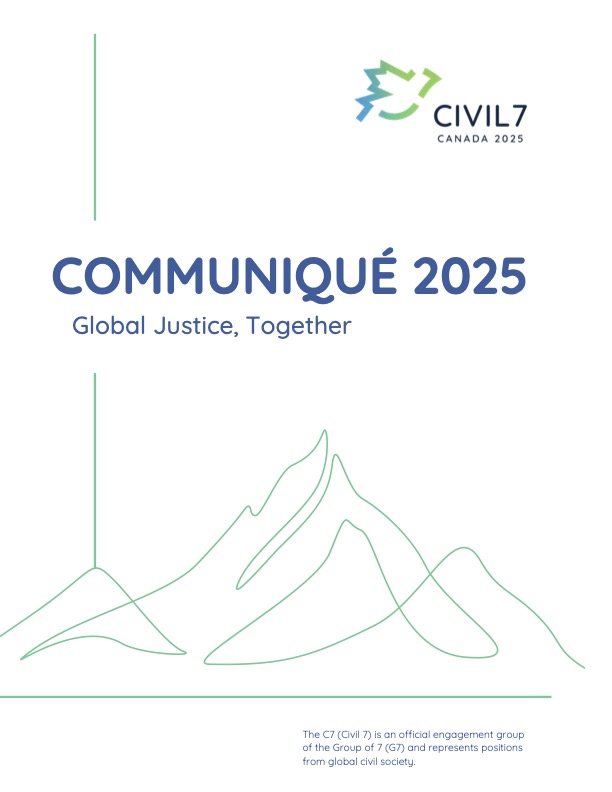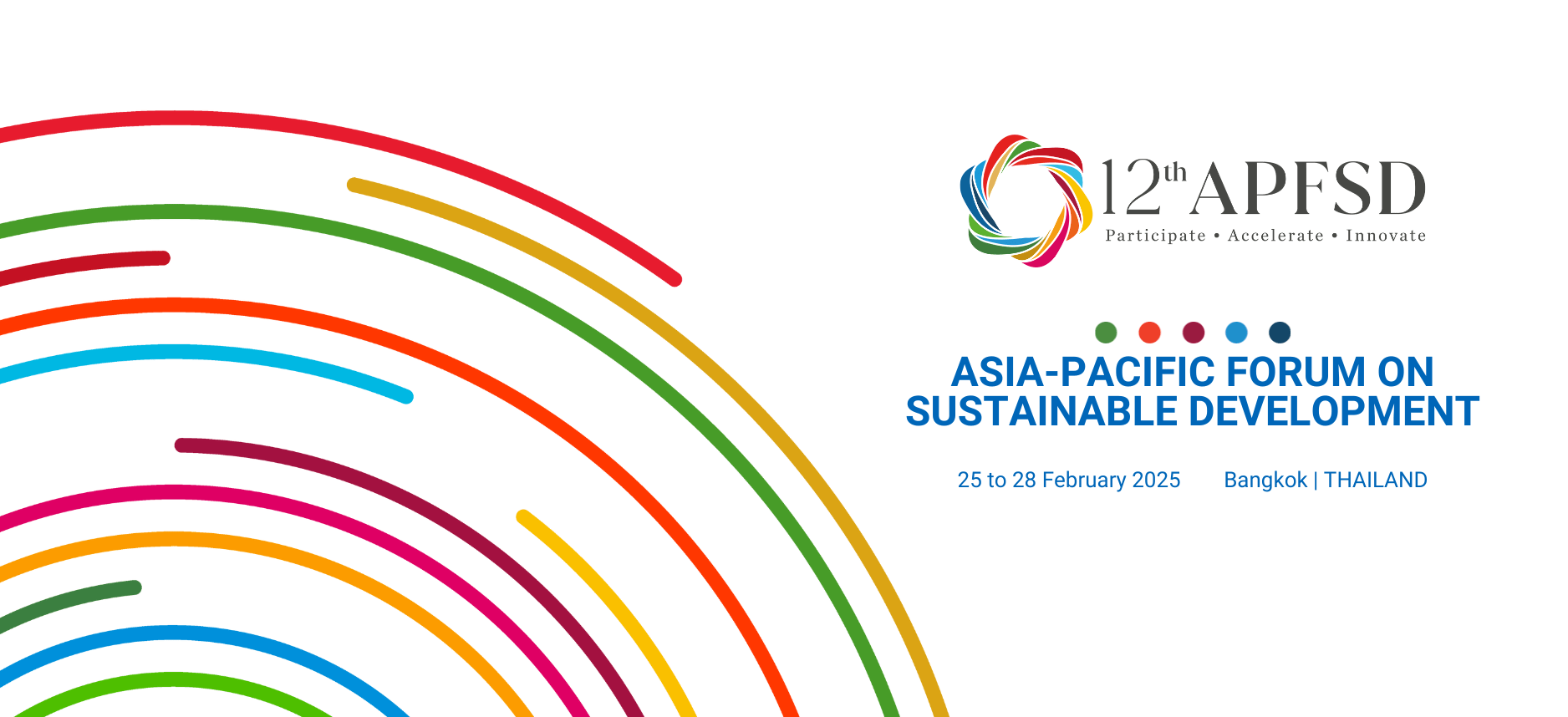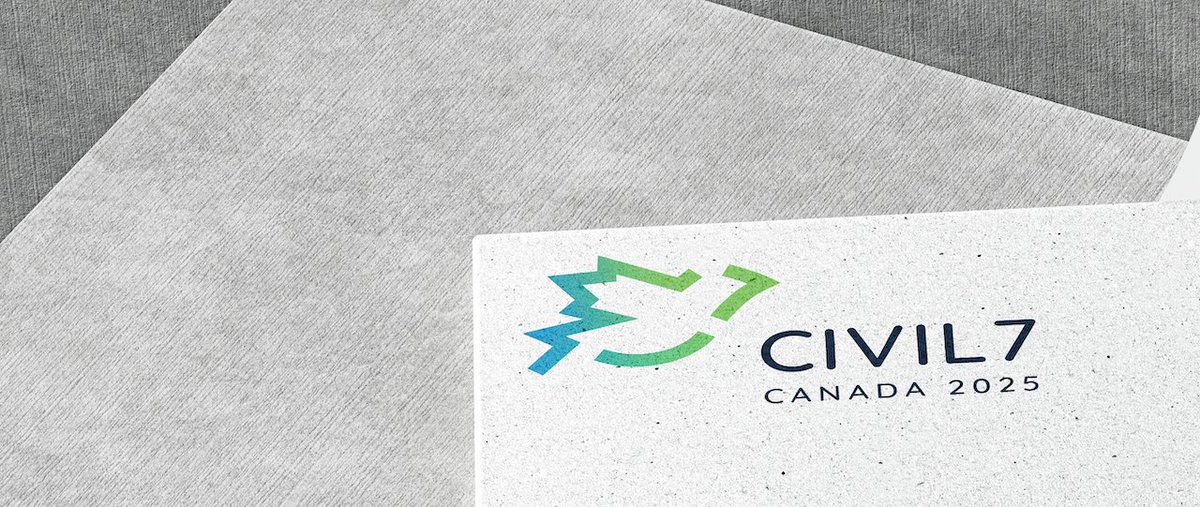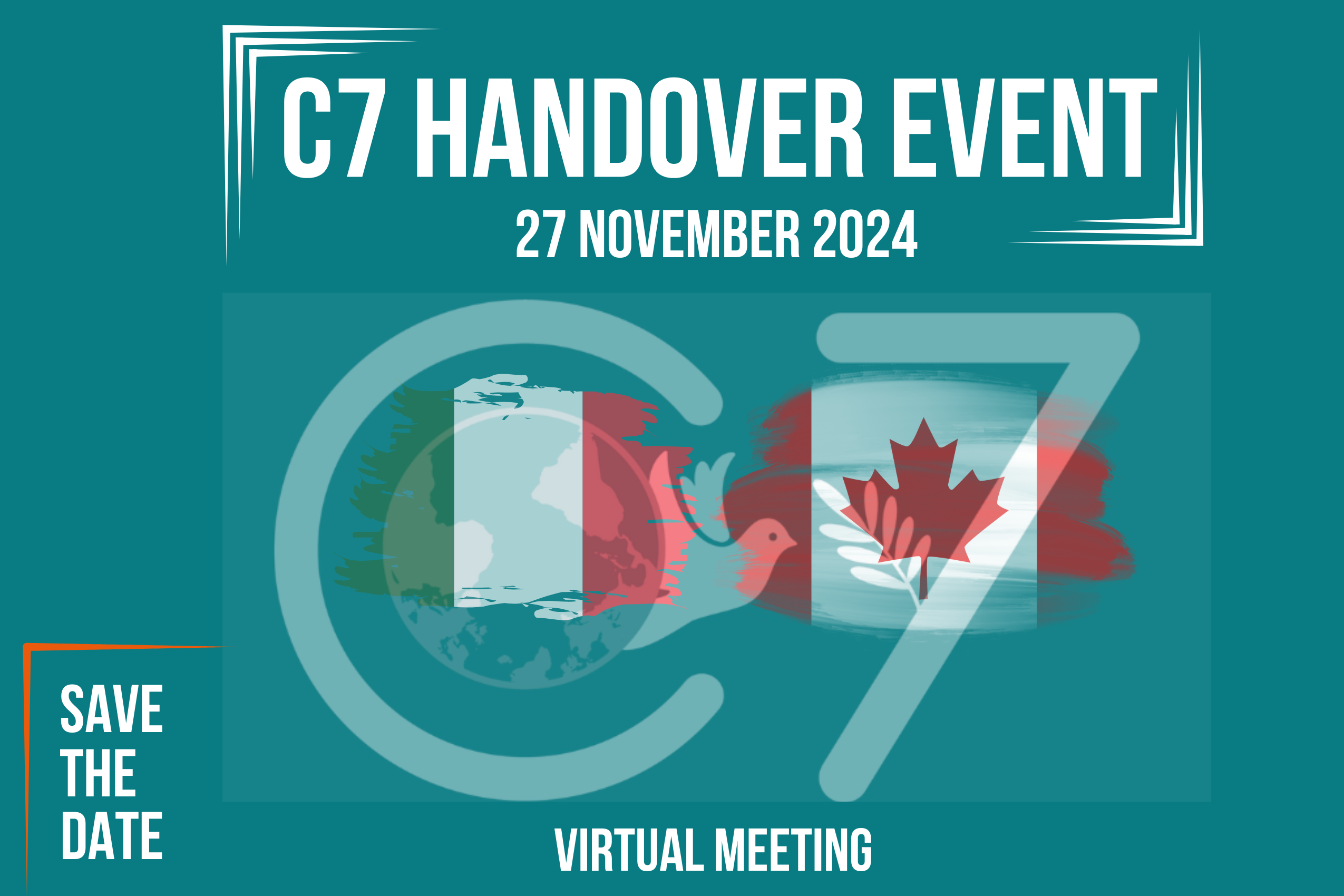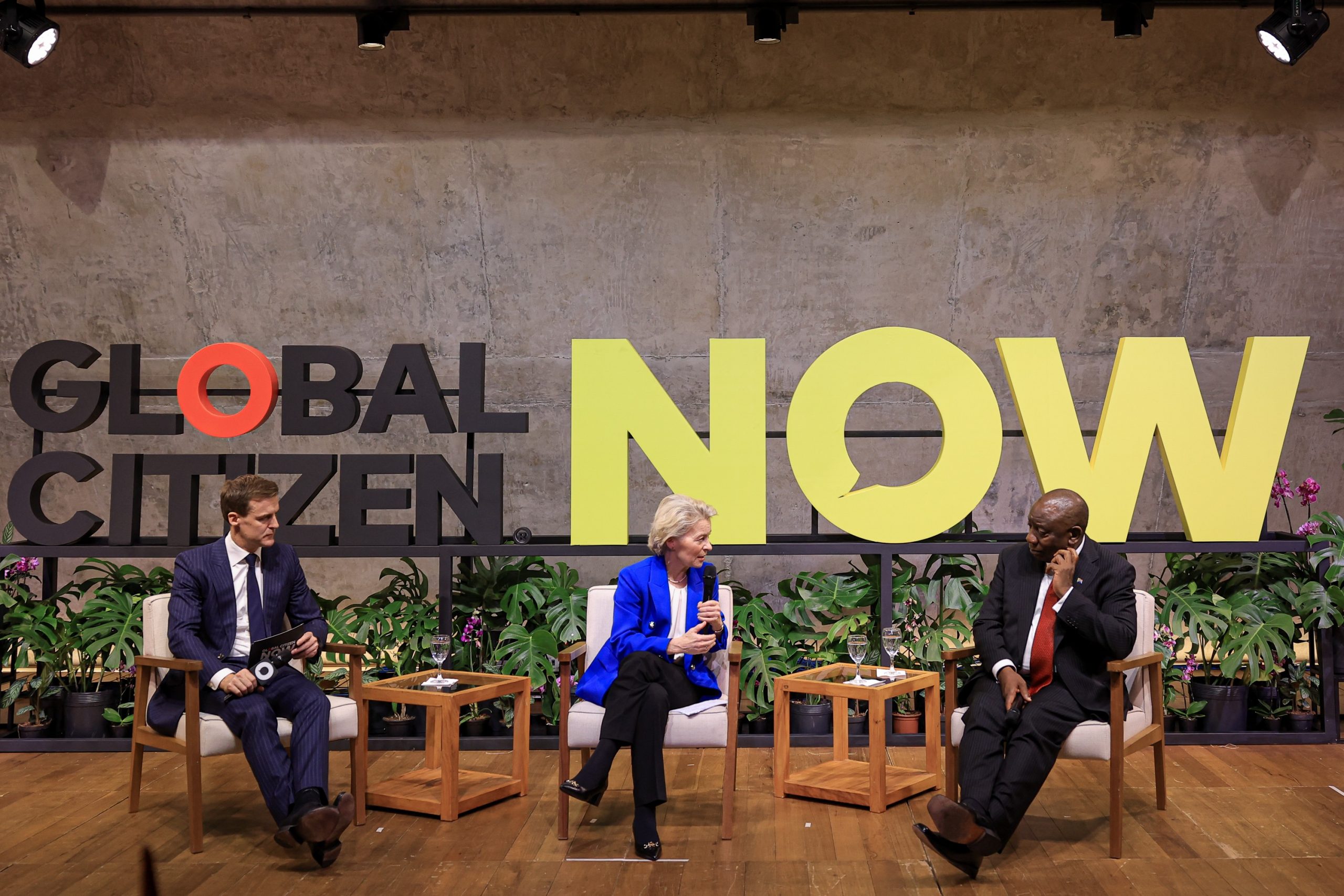2023年09月05日(Tue)
THINK Lobby Journal – Submission Guidelines
THINK Lobby Journal
-
目次
- 1 Eligibility for Submission
- 2 Themes Covered by this Journal
- 3 Content and Types of Manuscripts
- 4 Submission and Peer Review
- 5 Handling of Published Manuscripts
- 6 Language of Manuscripts
- 7 Format and Length of Manuscripts
- 8 Figures and Tables
- 9 Sectioning
- 10 Footnote Citation
- 11 Reference List
- 12 Proofreading
- 13 Contact:
Eligibility for Submission
THINK Lobby Journal is an annual research journal published by THINK Lobby. Contributors must be individuals affiliated with NGOs having some connection to the Japan NGO Center for International Cooperation (JANIC) or THINK Lobby, experts, professionals in relevant fields as specified in the below stated “Themes Covered by this Journal”, or academic and practical professionals related to the designated themes. However, this criterion does not apply to manuscripts specifically requested by the editorial committee.
-
Themes Covered by this Journal
In pursuit of a peaceful, just, and sustainable world, the journal focuses on the fields of “Economics,” “Society,” “Environment,” “Human Rights,” and “Politics” from a global perspective.
Examples:
Economic Issues
– Economics, taxation, employment, infrastructure, etc.
Social Issues
– Education, health, gender equality, water and sanitation, food and agriculture, disaster risk reduction, multicultural coexistence, etc.
Environmental Issues
– Environment, biodiversity, climate change, energy, waste management, etc.
Human Rights Issues
– Sustainable development and human rights, rights for stakeholders, environment and society, civil society space, etc.
Political Issues
– Democracy, government transparency, freedom of the press, etc.
-
Content and Types of Manuscripts
Submission of articles that have been published in other journals (regardless of language) or articles that are intended for future publication is not allowed. Republishing from other languages is also not eligible. When submitting, authors should specify which category their manuscript falls under, as described below. However, the final categorization is determined by the editorial committee.
The types of manuscripts are as follows:
- Refereed Paper: These present a problem statement related to a specific academic issue, analyze it using prior research and sufficient evidence-based methods, argue and demonstrate original claims or hypotheses, and draw conclusions.
- Research Notes: These introduce and propose research methods and problem statements for new and original academic issues. While not as comprehensive as full research papers, they are deemed significant for publication in the journal.
- Research Report: These encompass outcomes, trends, realities, and challenges in individual specialized fields. They may include practical content not necessarily adhering to academic formalities.
- Book Reviews: These are either submitted by NGO affiliates or commissioned by the editorial committee to introduce and review books written by the author.
-
Submission and Peer Review
- Manuscripts should be submitted after thorough consideration of their content. Proofreading should be limited to correcting typos and errors, avoiding the insertion of sentences or rewriting of the original text.
- Submissions are accepted on an ongoing basis. If authors wish to have their work published in the journal for the current year, submissions should be made by the end of September. However, the editorial committee decides the specific issue for publication.
- The acceptance of papers follows the procedures outlined in the “Peer Review Policy,” involving review by the editorial committee, and is determined accordingly.
-
Handling of Published Manuscripts
- No author compensation will be provided for contributions to published manuscripts. However, this does not apply to commissioned articles.
- The authors of published manuscripts will receive five complimentary copies of the journal. If additional copies are desired, they can be purchased at the publisher’s specified quantity and price However, shipping is limited to within Japan.
- Printing costs for published manuscripts are generally covered by the Japan NGO Center for International Cooperation (JANIC). However, in cases involving manuscripts exceeding specified length or requiring special fonts, graphics, etc., additional costs are borne by the submitter.
- Copyright for published papers and related materials, both domestically and internationally, generally belongs to the Japan NGO Center for International Cooperation (JANIC). The center holds the rights to digitize, reproduce, distribute, and make publicly available the published manuscripts in various forms.
-
Language of Manuscripts
- The accepted languages for manuscripts are Japanese or English.
- For English manuscripts, authors should conduct a thorough English check by a native speaker before submission.
-
Format and Length of Manuscripts
- Manuscripts should be created in Microsoft Word A4 format for Windows and submitted as both a Word file and a PDF to the editorial office. Figures and tables should be inserted into the main text and also provided as separate files, all compiled into a single folder for submission.
- The length of the manuscript, including title, author names, affiliations, English abstract, references, footnotes, tables, and figures, should not exceed 14 pages in the journal’s layout. If the content exceeds this limit, any additional costs incurred for printing will be the responsibility of the authors.
- The English manuscript should adhere to the following formatting guidelines:
- Use the “Times New Roman” font at 10-point size for both the main text and abstract. Utilize half-width alphanumeric characters throughout.
- Compose manuscripts in Microsoft Word A4 format with text arranged horizontally in one column, set to 40 characters per line and 45 lines per page.
- The manuscript should not exceed approximately 7,000 words, including figures, tables, footnotes, and references. Each page should be numbered. Additionally, for papers and research notes, a separate abstract of around 300 words and 3 to 5 keywords should be provided.
- On the first page, include the title (and subtitle), manuscript type, and academic field for J-stage publication (select from the list below), author names, affiliations, email addresses (representative author’s if multiple authors), and other contact information.
- Font specifications are as follows:
Title: “Times New Roman,” bold, 18-point
Subtitle: “Times New Roman,” bold, 14-point
Author names and main text: “Times New Roman,” 12-point[List of Academic Fields for J-stage Publication Selection](1) Earth Sciences and Astronomy
(2) Biology, Life Sciences, Basic Medicine
(3) Agriculture, Food Sciences
(4) General Medicine, Social Medicine, Nursing
(5) Architecture, Civil Engineering
(6) Information Science
(7) Environmental Science
(8) Interdisciplinary Science
(9) Philosophy, Religion
(10) Literature, Linguistics, Arts
(11) Anthropology, History, Geography
(12) Law, Political Science
(13) Economics, Business Administration
(14) Sociology
(15) Psychology, Education - For refereed paper, research reports, and research paper include an abstract and 3 to 5 keywords on the second page.
-
Figures and Tables
- Create tables using Microsoft Excel and figures using PowerPoint or Microsoft Excel. Use standard fonts such as Times New Roman. When pasting from other software, do not use link functions.
- Maintain a resolution of 300 or 350 dpi for photographs and figures, preferably using JPEG, TIFF, PNG, or similarly universal file formats. Submissions in color are accepted, but printing will be in black and white. If submitting grayscale files, ensure they are monochrome 2-bit or grayscale.
- Number figures and tables sequentially throughout, as Figure 1, Figure 2, or Table 1, Table 2. Place titles below figures and above tables, and insert them in desired locations in the main text. Submit the original files separately for inserted figures and tables. However, this is not required for figures and tables created directly in Word.
- When using figures or tables for which others hold copyright, it is the author’s responsibility to resolve copyright issues beforehand.
-
Sectioning
- Division should be organized in the order of Section, Subsection, and Sub-subsection. The numbering for each Section, Subsection, and Sub-subsection should be unified as follows (all in half-width characters):
– Section: Ⅰ, Ⅱ, Ⅲ, …
– Subsection: 1, 2, 3, …
– Sub-subsection: (1), (2), (3), … - Do not assign section numbers to the Introduction (“Introduction,” “Prelude,” etc.) or Conclusion (“Conclusion,” “Final Remarks,” etc.).
- Font specifications are as follows:
– Sections: “Times New Roman”, bold, 12-point.
– Subsections and Sub-subsections: “Times New Roman” font, bold, 10.5-point.
– Leave one blank line between sections.
-
Footnote Citation
- Use the font as specified for the main text. All notes should be placed collectively as endnotes at the end of the text. (i.e. No distinction between citation notes and explanatory notes)
- Use Arabic numerals 1), 2), 3), etc. for note numbers. Place the note number immediately before any punctuation in the main text.
- Use consecutive numbering for notes; do not reset the numbering for each section.
- Assuming that information will be included in the reference list, provide abbreviated citations for sources from their first appearance.
Example:
Maruyama (1964), p. 152.
Kaldor (1999), p. 152.
-
Reference List
- Include a list of references after the footnotes.
- Include author(s), publication year, title, and publisher.
- Categorize references by language, and for non-Japanese sources, arrange them in alphabetical order.
- For Japanese, Chinese, Korean sources, use single quotation marks (‘ ‘) for book titles, journal names, and newspaper names; use double quotation marks (” “) for article titles.
Example 1: Book
Maruyama Shinro (1964) ‘Gendai Seiji no Shiso to Kodo’ [Thoughts and Actions in Modern Politics], Miraisha.
Dag Hammarskjöld (translated by Ukaiki Shinnari) (1967) ‘Michishirube’ [Guide], Misuzu Shobo.
Example 2: Article in Edited Volume
Fujiwara Kiichi (1998) ‘Sekai Senso to Sekai Chitsujo: 20 Seiki Kokusai Seiji e no Sekkin’ [World War and World Order: Approaching 20th Century International Politics], in Tokyo University Institute of Social Science (ed.), ’20 Seiki Shisutemu 1: Kosos to Keisei’ [20th Century System 1: Concept and Formation], University of Tokyo Press, pp. 26-60.
Example 3: Journal Article
Mogami Toshiki (2002) ‘Seigi to Jindoho no Ho Kozo: Nani ga Horitsuteki na Tadashisa o Kimeru ka’ [Structure of Justice and Humanitarian Law: What Determines Legal Righteousness?], ‘Horitsu Jihou’ [Law Journal], vol. 74, no. 6, pp. 5-10.
- For non-Japanese sources, use italics for book titles, journal names, and newspaper names; use quotation marks for article titles.
Example 1: Book
Evans, Gareth (2008) ‘The Responsibility to Protect: Ending Mass Atrocity Crimes Once and For All’, Brookings Institution Books.
Example 2: Article in Edited Volume
Sharma, Serena K. (2008) ‘Reconsidering the Jus Ad Bellum/Jus In Bello Distinction’, in Carsten Stahn and Jann K. Kleffner (eds.), ‘Jus Post Bellum: Towards a Law of Transition From Conflict to Peace’, TMC Asser Press, pp. 123-138.
Example 3: Journal Article
Stahn, Carsten (2007) ‘Responsibility to Protect: Political Rhetoric or Emerging Legal Norm?’, ‘American Journal of International Law’, vol. 101, pp. 99-120.
- When referencing materials obtained from the internet, include the URL of the website from which the information was acquired and the date of access as necessary. Use the following format:
http://www.fis.utsunomiya-u.ac.jp/fis/indexj.html (accessed on September 3, 2008).
-
Proofreading
- Author proofreading is generally limited to one round.
- During the proofreading stage, substantial revisions and additions by authors, not requested by the editorial committee, are generally not permitted.
Contact:
For manuscript submissions, contact:
Japan NGO Center for International Cooperation (JANIC)
THINK Lobby Journal Editorial Committee
E-mail: admi@thinklobby.org (Ms. Haga, Ms. Sugimoto)


 シェアする
シェアする
 ツイート
ツイート

